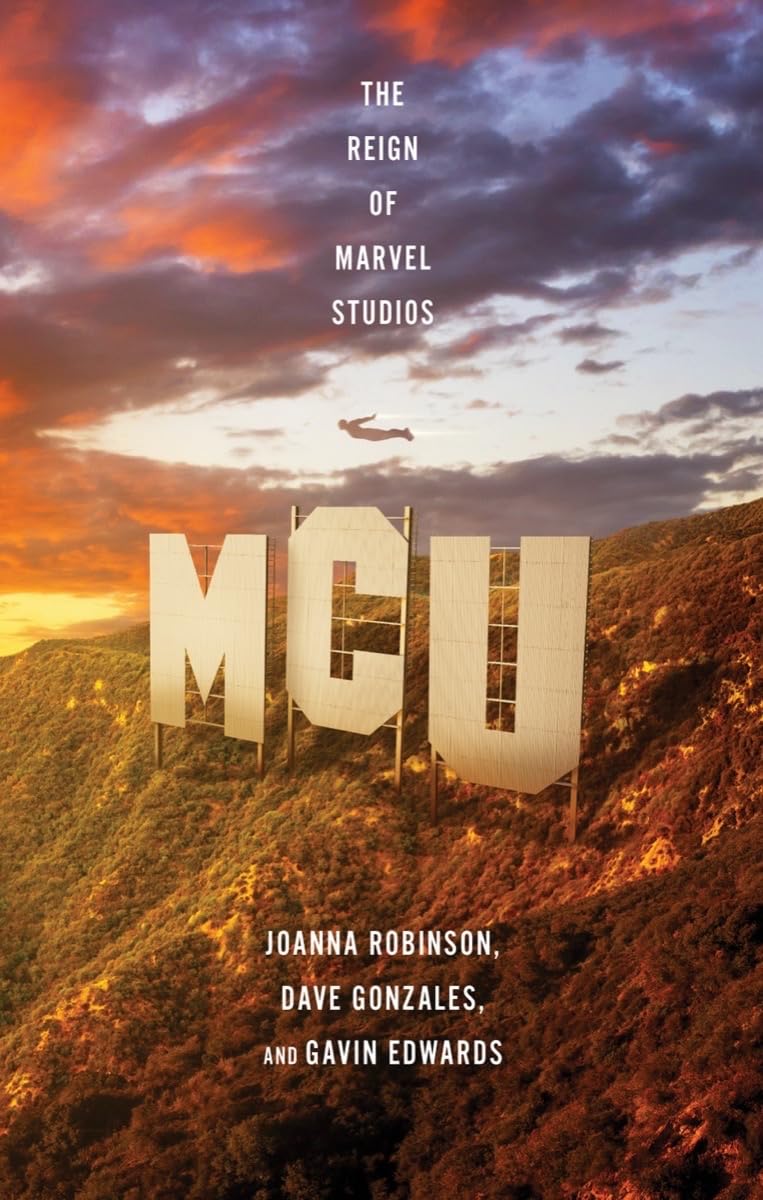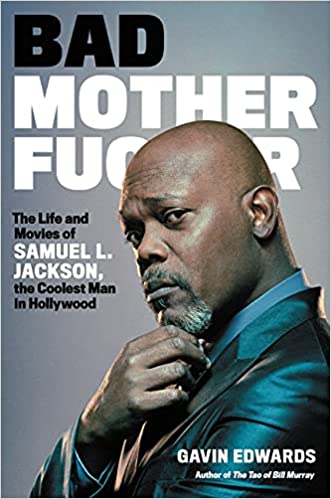Carbonated Beverages
The big beverage news over here in the last few weeks is the successful introduction of Sunny Delight to the British market. The packaging and commercials are very similar to the American versions (plenty of orange and yellow, and lots of refrigerator doors being opened by children from the POV of the fridge, respectively), but the English population has bought into it in a big way. Not only has it been outselling Coca-Cola, but people over here actually seem to think that Americans call it “Sunny D.” The style magazine The Face did a big spread on the semiotics of the Sunny Delight packaging; the general opinion seems to be that once people figure out it’s just another form of sugar water, sales will decline.
The British, you see, have plenty of sugar water of their own. My local supermarket offers shelves of limeade, watermelonade, and grapefruitade. Sure, if you don’t want to drink the sodas of the United Kingdom, you can safely make your way through life: Coca-Cola, Pepsi-Cola, and 7-Up are all widely available. But even the flagship brands have subtle differences. Diet Coke is the same as in the United States, for example, but some places sell cans of Coca-Coca Light, which is the Continental product. (One consequence of the whole European Economic Community scheme is that if the same product is sold more cheaply in Greece, Spain, or Norway, British shopkeepers can import it pretty easily. You get used to reading ingredient lists in German and Turkish.) Anyway, some batches of Coca-Cola Light taste more sugary than Diet Coke: sort of like a fifty-fifty mix of Diet Coke and regular Coke. It must depend on the local bottler, or rather, canner.
Similarly, Pepsi in England comes in three varieties: traditional Pepsi-Cola, the familiar Diet Pepsi, and Pepsi Max, the mysterious brother beverage. Pepsi Max (slogan: “Maximum Taste–No Sugar”) appears to have been cooked up by somebody who wanted to sell diet soda to boys but had market research revealing that the very word “diet” came off kind of sissy. So they’ve given it an extreme-sports type of spin: the TV advertisements (or “adverts”) for Pepsi Max are reedited American spots for Mountain Dew. The Pepsi Max logo is digitally superimposed over the Mountain Dew cans held by the tough-chick snowboarders, and any voiceovers are redubbed with a British accent. The thing is, it tastes exactly like regular, caloric Pepsi. I’m not sure why they haven’t released it in the U.S.A.; maybe it causes St. Vitus’s Dance in laboratory mice or something.
I decided that I couldn’t mourn the absence of Mr. Pibb, Squirt, and root beer forever; it was time to explore the wider world of British sodas. Focussing on soft drinks eliminated several indigineous beverages right off the bat: Lucozade, which seems to be the local Gatorade; Mars and Frijj, both YooHoo-type chocolate dairy beverages, and Oasis, which is the local Snapple. There are lots of things called Oasis in this country: lemonades, clothing stores, spas. (I think the Gallagher brothers saw that it was a brand name that had worked for other people in the past, and grabbed it for their band.) Since the English live on a small piece of land surrounded by a lot of water, I guess they find the idea of a small puddle of water surrounded by a lot of land appealing.
First up: Lemon Tango. Coming in an ominous opaque-black bottle, Tango is packaged as the L.A. Raiders of carbonated beverages. But lemon Tango (or, as they prefer, “Tango Lemon”) tastes a lot like carbonated lemonade. It doesn’t have the smoothness of, say 7-Up; there’s a very tart aftertaste that makes it hard to drink more than about six ounces at a time. But if you’re willing to confine yourself to a thimbleful, it’s very tasty. You’re probably better off not looking at the ingredients list, which includes starch for “cloud,” to make it look more pulpy.
The citrus sodas I prefer are made by Lilt: they have two smooth varieties, one mostly grapefruit and the other mostly orange. Tango also has an uncarbonated line of drinks and offers a few more flavors, including apple, which tastes for all the world like carbonated Mott’s. So much American apple juice is so heavily adulterated, this 15% real-apple-juice product fits right in. They don’t seem to drink much apple juice in this country, which is odd, since it seems like it would be a good climate for orchards. Maybe all the apples get diverted into the hard-cider mills of Woodpecker and Strongbow.
You may have heard dark rumors about warm British beer–I am here to tell you that they are true, and that the syndrome extends equally to warm British soda. Sometimes England reminds me of the joke about the country that didn’t make ice cubes any more, because the lady who knew the recipe died. My best guess is that since the climate is generally chilly, refrigeration has never been an imperative. So since most of the refrigerators would be hard-pressed to fit more than three pairs of shoes, the Brits got accustomed to no ice in their drinks. So waiters look askance at me and Jill when we ask for ice cubes in our beverages; I think the general philosophy now is that ice is a cheat, taking up room that could be better filled with more carbonated goodness.
So this is the context into which the Scottish company A.G. Barr released Tizer Ice. “Freeze Your Head,” screamed the local billboards. And in smaller print: “New Tizer Ice is a revolutionary new soft drink which when drunk un-chilled still tastes cold. It’s amazing!” My mind boggled as I wondered how this technological feat was achieved. Small cartidges of liquid nitrogen concealed in the bottle-cap? A secret reservoir of ice at the bottom of a can? When I finally located a bottle, the truth was much more mundane: the beverage is mentholated, which the makers presumably hope will evoke that feeling you get when you bite into a York Peppermint Patty. In fact, since regular Tizer is an inoffensive cherry soda, the end result of Tizer Ice is remarkably like cough syrup–Robitussin, to be specific.
There’s an overabundance of cough-syrup sodas on sale here. Vimto isn’t too bad–being a combination of grape, blackcurrant, and raspberry flavors, it tastes like a slightly exotic version of Grape Nehi. But Ribena Spark, that is the beverage of the netherworld. It describes itself as a “sparkling blackcurrant flavour drink,” but in fact, it is a sickly-sweet abomination that disgraces the whole category of liquids. It tastes vaguely like a melted popsicle combined with some NyQuil that’s been sitting behind the mirror for three and a half years; somehow this concoction manages to provide 100% of the recommended daily allowance of Vitamin C.
Maybe the other reason the brand name Oasis does well is that with drinks like Ribena Spark available, all Britons really want is a drink of water.


